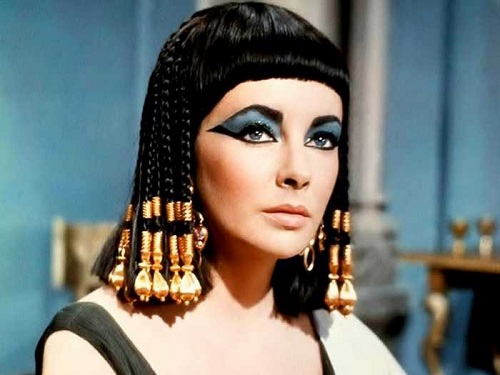FWP:
SETS == EXCLAMATION;
KYA
CURLS: {14,6}
EYES {3,1}
GAZE: {10,12}
This is the third verse of a four-verse verse-set. For general discussion of the whole verse-set, see {162,4}.
For a discussion of the special qualities of collyrium, see {44,1}.
Note for grammar fans: In terms of iẓāfat structure, surmah-sā should be considered just as a single adjective. It must also be considered to be the Persian sā (see the definition above)-- which, intriguingly, is very like the Indic sā (except that it doesn't have separate feminine and plural/oblique forms). But the Persian sā can be used with an iẓāfat , while the Indic one cannot. Another such case: {80,5}.

Nazm:
[See the discussion in {162,4}.]
== Nazm page 174; Nazm page 175